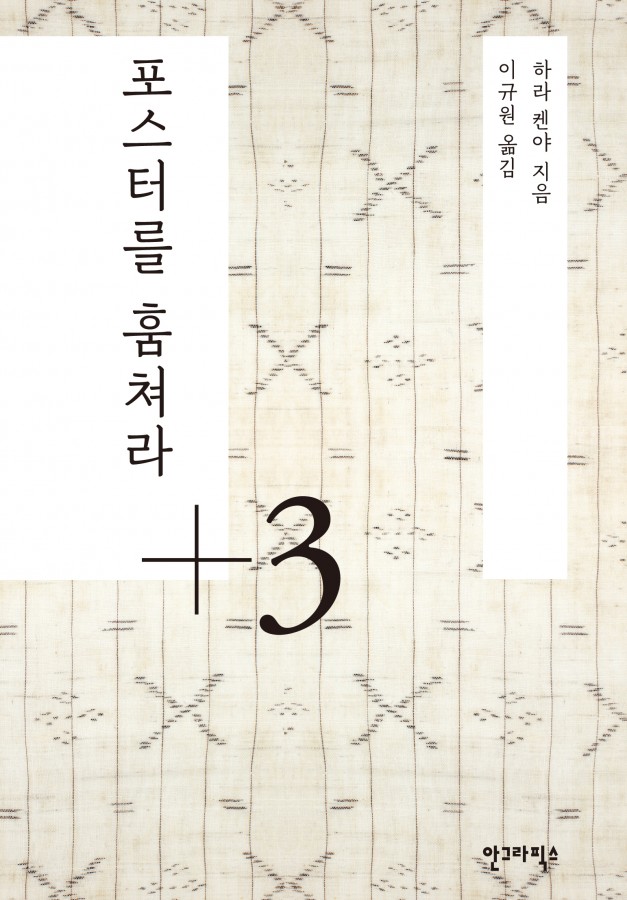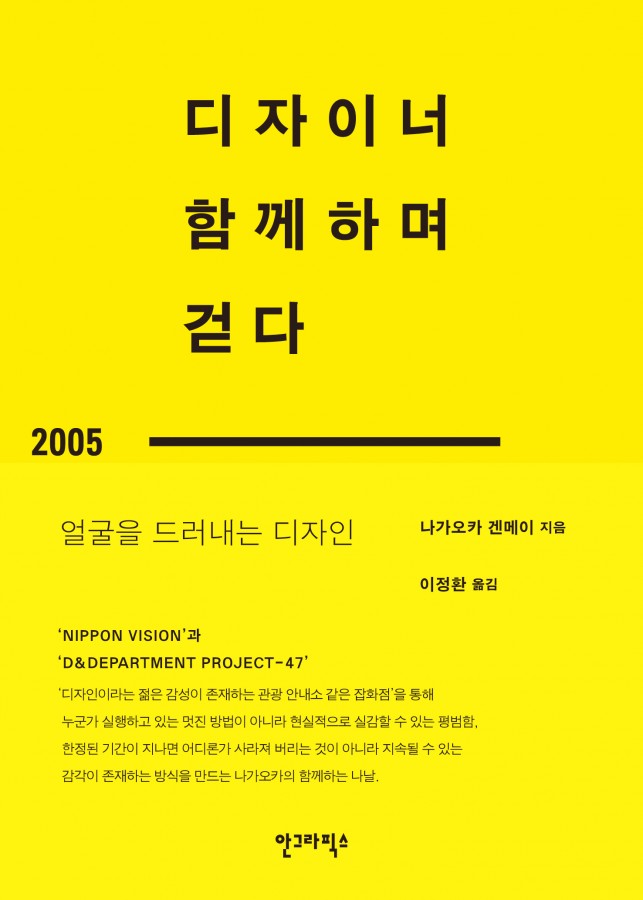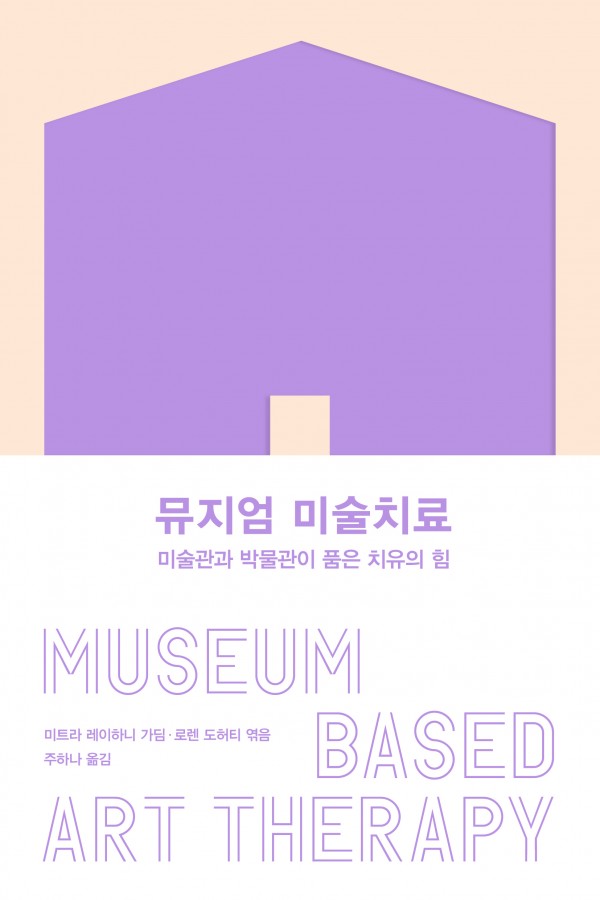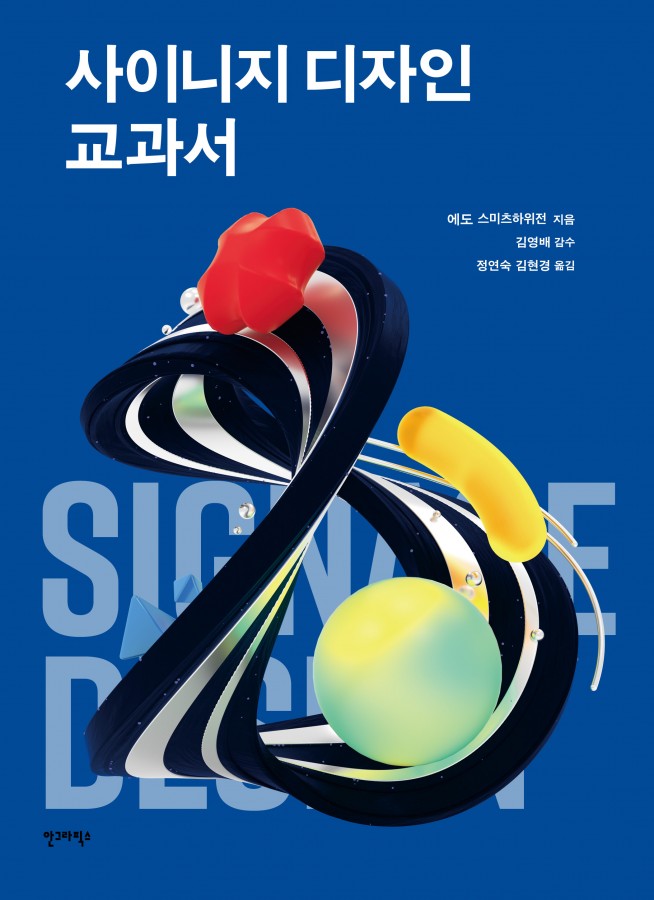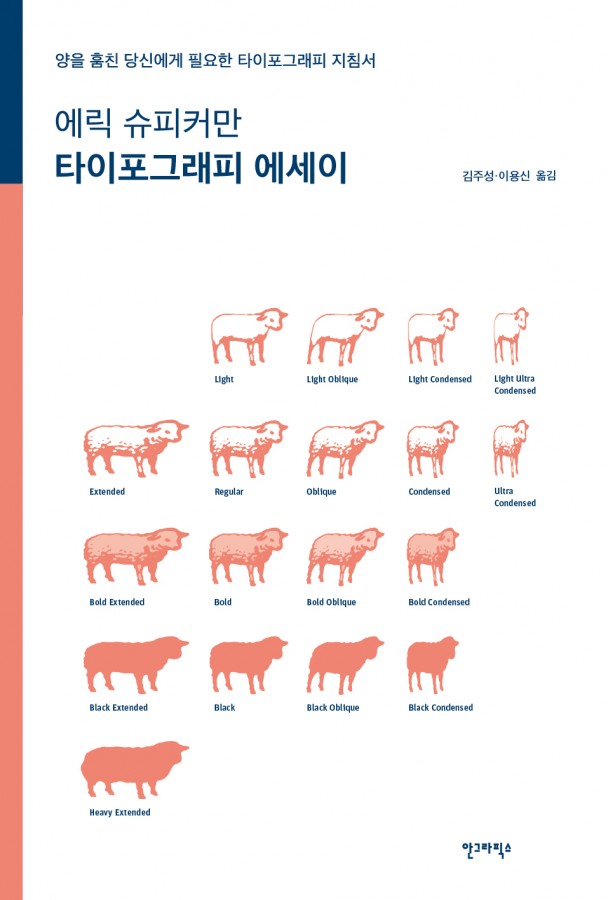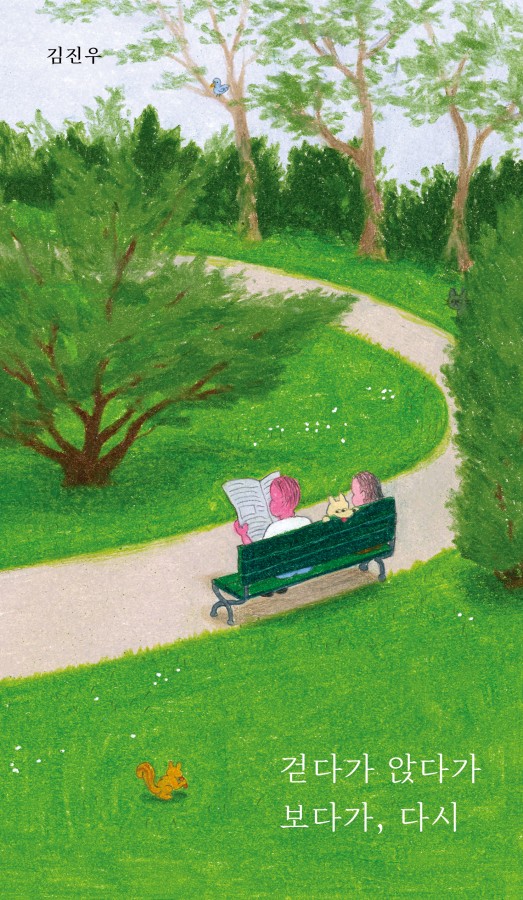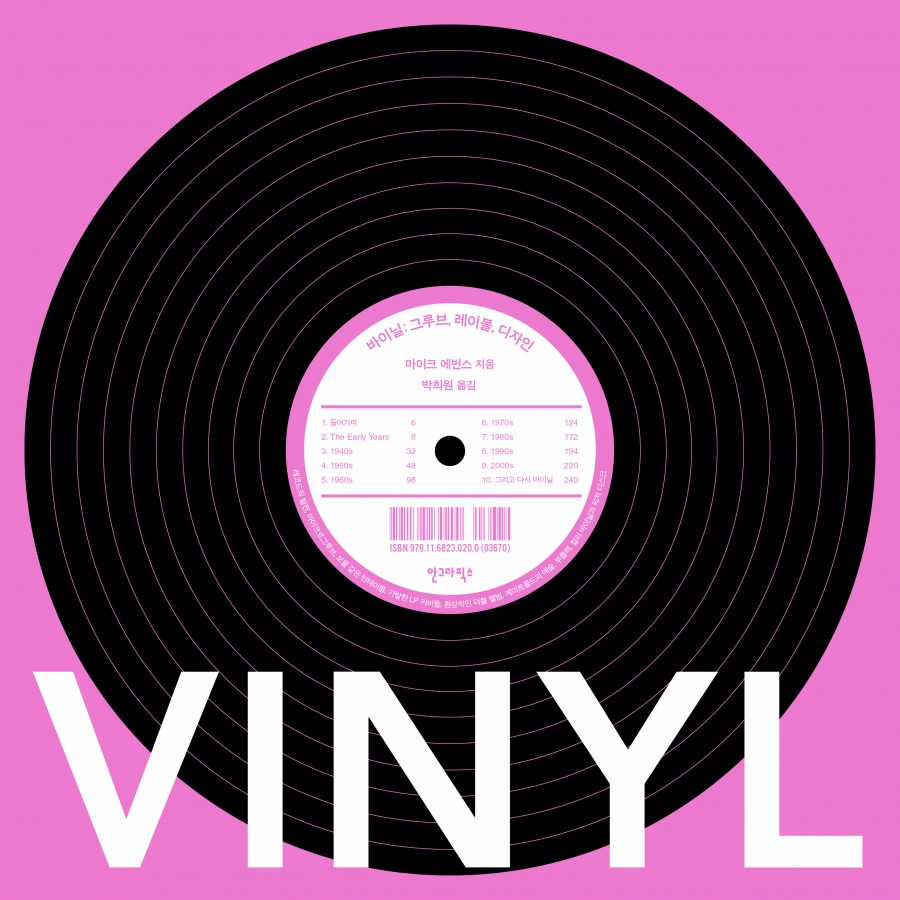Armin Hofmann
Armin Hofmann was a Swiss graphic designer. He was one of the most prominent individuals in Swiss design. He began his career in 1947 as a teacher at the Allgemeine Gewerbeschule Basel School of Art and Crafts at the age of twenty-six. Hofmann followed Emil Ruder as head of the graphic design department at the Schule für Gestaltung Basel (Basel School of Design) and was instrumental in developing the graphic design style known as the Swiss Style. His teaching methods were unorthodox and broad based, setting new standards that became widely known in design education institutions throughout the world. His independent insights as an educator, married with his rich and innovative powers of visual expression, created a body of work enormously varied – books, exhibitions, stage sets, logotypes, symbols, typography, posters, sign systems, and environmental graphics. His work is recognized for its reliance on the fundamental elements of graphic form – point, line, and shape – while subtly conveying simplicity, complexity, representation, and abstraction. Originating in Russia, Germany and The Netherlands in the 1920s, stimulated by the artistic avant-garde and alongside the International Style in architecture. He is well known for his posters, which emphasized economical use of colour and fonts, in reaction to what Hofmann regarded as the “trivialization of colour.” His posters have been widely exhibited as works of art in major galleries, such as the New York Museum of Modern Art. He was also an influential educator, retiring in 1987. In 1965 he wrote the Graphic Design Manual, a popular textbook in the field.
Kelly M. Choi
Studied visual design and typography at the Rhode Island School of Design (RISD) and The Basel School of Design. Currently runs the brand Once Type, exploring the visual potential of letters.
Kang Ju-hyun
He runs the graphic design studio Occupy the City and is based in Seoul. He curated and organized the exhibition Occupy the City: Typozimmer Nr. 7 and participated in other exhibitions such as Korean Design: Transforming Forms and Tools of Communication. He is currently an adjunct professor at Konkuk University and teaches graphic design and typography at various universities.
